Whale Watching in Newfoundland
Once a home base for commercial whalers, the Canadian province is now a popular locale for spotting the massive creatures
/https://tf-cmsv2-smithsonianmag-media.s3.amazonaws.com/filer/Life-List-New-Foundland-Sperm-Whale-Tail-631.jpg)
We should all be so lucky as the whales of the western Atlantic: they spend their winters mating in the Caribbean and then head north for the seafood buffet.
Exactly where they feed varies by species, but the Grand Banks, the submarine plateaus just southeast of Newfoundland, offer a heck of a spread. That’s where the Labrador Current ferries nutrients down from the north, the Gulf Stream pushes warm water up from the south and sunlight penetrates the shallows—an ideal environment for starting an aquatic food chain, from plankton to fish to marine mammals. “It’s like a fast-food outlet up here for whales,” says Wayne Ledwell, director of Whale Release and Strandings, a Newfoundland nonprofit that helps free marine animals that become trapped in fishing gear or beached.
And so a lot of whales show up, starting around May, and hang around into September. Meanwhile, the island of Newfoundland rises above the Continental Shelf like a giant viewing station—so humans who want to see whales may not have to board a boat to do so. “Here in summer you can plank yourself down on a rock and see a lot of whales, anywhere around the island,” Ledwell says. “It’s the most accessible place in the world.”
Of course, this easy access once led to whaling; Basque fishermen established whaling stations on the Labrador coast in the 16th century. In the so-called modern era, starting in 1898, Newfoundland-based facilities processed almost 20,000 cetaceans, according to whaling historians Anthony B. Dickinson and Chesley W. Sanger. And guess what? The animals were eventually decimated. But Canada instituted a moratorium on commercial whaling in 1972 (followed by the International Whaling Commission in 1986), and commercial whale-watching quickly ensued. Some species have recovered, Ledwell says, others haven’t yet, and the status of others remains unknown.
About 20 species have been observed off the island, including some rare ones, such as the Sowerby’s beaked whale. But humpback, minke, finback and pilot whales are most commonly seen, Ledwell says, and orcas are on the increase. White-beaked and white-sided dolphins also gorge on the seasonal bounty, as do millions of seabirds, including northern gannets (the biggest seabird species in the North Atlantic) and Atlantic puffins (the cutest seabird species in the North Atlantic). Sometimes, early in spring, an iceberg will float southward past the northeast coast of Newfoundland. It isn’t likely, but a traveler with the right schedule and some luck may see whales, birds and bergs on the same trip.
Planning Your Next Trip?
Explore great travel deals
Smithsonian magazine participates in affiliate link advertising programs. If you purchase an item through these links, we receive a commission.
/https://tf-cmsv2-smithsonianmag-media.s3.amazonaws.com/accounts/headshot/tom-frail-head-shot.jpeg)
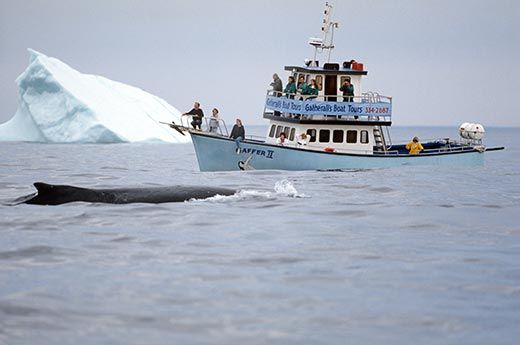
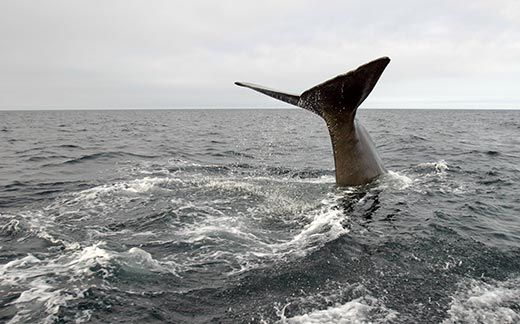
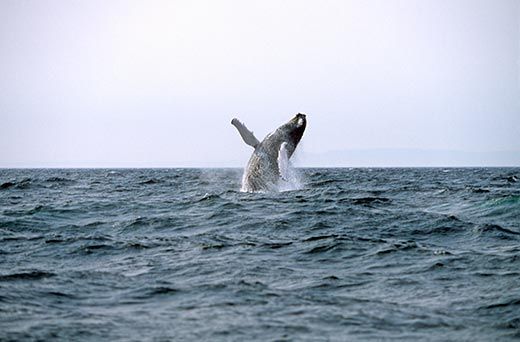
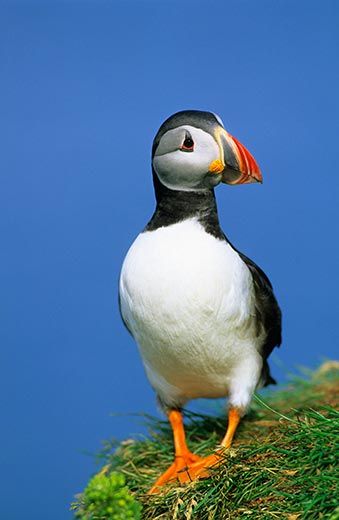
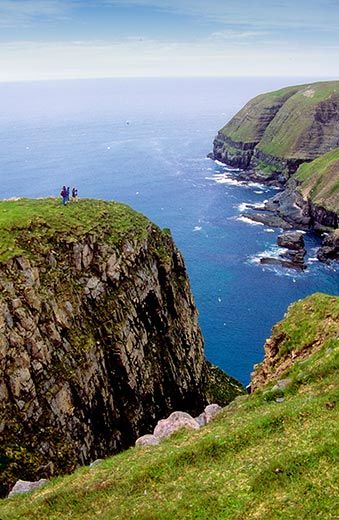
/https://tf-cmsv2-smithsonianmag-media.s3.amazonaws.com/accounts/headshot/tom-frail-head-shot.jpeg)